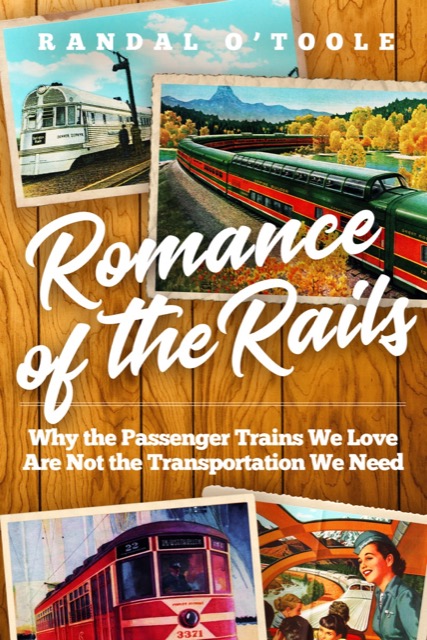Sound Transit, which has tens of billions of dollars to build light rail in the Seattle area, announced this week that the Federal Transit Administration granted $75 million to an extension of the Tacoma streetcar line. This was a surprise since the administration’s policy has been not to fund any projects that don’t have signed grant agreements, and by that criteria the Tacoma streetcar doesn’t qualify.
The existing 1.6-mile Tacoma streetcar opened in 2003. Projected to cost $50 million, it ended up costing more than $80 million, or about $50 million per mile (about $66 million a mile in today’s dollars). The project is political pork: built to make Tacoma taxpayers feel like they are getting their fair share of the billions going to build light rail. This is why Sound Transit never calls it a streetcar, instead calling it “Link,” the same name it applies to light rail in Seattle. But the Tacoma line uses the same equipment and trundles along at the same slow speeds as the Portland streetcar.
The Tacoma streetcar has never collected a fare, yet in 2016 it carried fewer than 3,200 riders a day. That’s more than streetcars in Atlanta, Charlotte, Cincinnati, and the District of Columbia, but fewer than Seattle or Portland (which admittedly are longer lines). The new project will extend the existing line by 2.4 miles at a cost of $215 million or about $90 million a mile. Continue reading








